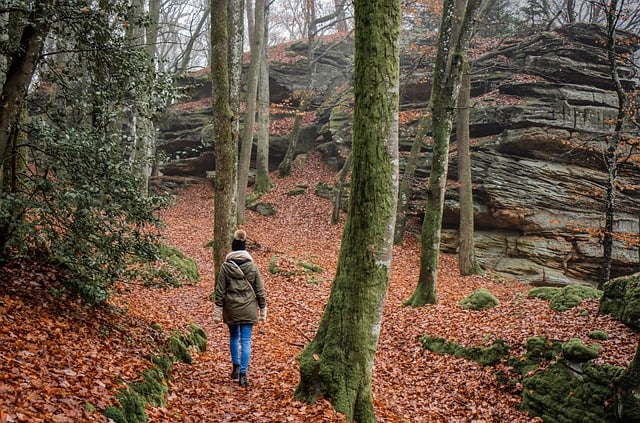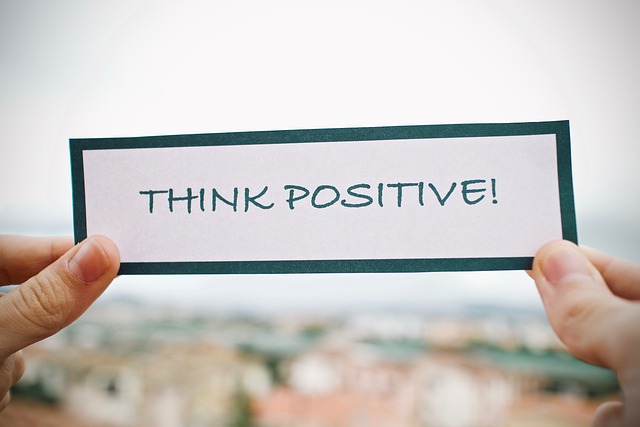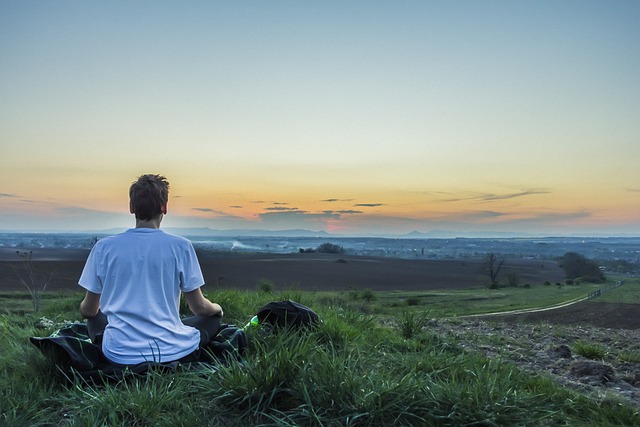I have been listening to the CD-audio version of What Happened to You? – Conversations on Trauma, Resilience, and Healing. In the audio, the creators Bruce Perry and Oprah Winfrey, share their experiences and insights – Bruce from a neuroscience and clinical perspective and Oprah from the stories she has gleaned from thousands of interviews of traumatised people. The audio represents the crystallisation of ideas resulting from an ongoing conversation between the two creators over more than thirty years. It highlights the complexity of trauma and the multi-faceted nature of effective healing from trauma.
In listening to the audio, you automatically explore, “what happened to you?” in your own early childhood. The prevalence of trauma and its impacts suggests that most of us in some way experienced one of more adverse childhood experiences (ACE). Every day you hear of traumatic events globally as well as locally – such as the Sea World helicopter collision on the Gold Coast. Survivors and witnesses, as well as grieving relatives and friends, would have been traumatised by the accident. Some of the survivors have to experience the trauma of multiple surgeries as well.
We are frequently exposed to the traumatic experiences of others, including prominent people who describe their upbringing and provide insights into trauma and its impacts by way of their memoirs. For example, Bertie Blackman, singer and artist, writes in her memoir, Bohemian Negligence, that she was sexually abused at a young age by a “friend of the family”. Tove Ditlevsen, famous Danish poet and author, explained in her memoir, Childhood, Youth and Dependency, that she had a violent mother who beat her indiscriminately and was unpredictable, inflexible and critical. Tove’s dream of becoming a poet was a source of belittlement by others, and disbelief and denigration from her parents and beloved brother. She was also ostracized at school because she was seen to be “different”.
What happened to you or did not happen for you?
Bruce and Oprah explain that the more we understand the nature of trauma and its many forms and manifestations, we are better able to be compassionate towards others and ourselves when we observe aberrant behaviour on their part or our own. This can lead to forgiveness of others and ourselves, as well as healing from the impacts of trauma which are pervasive and influence our relationships and communication.
Oprah and Bruce explain that trauma shapes “our brains, our biases, our systems” – it influences our worldview and the way we perceive ourselves. A teenager, for example, who experiences roughness and brutality by a policeman when innocent or engaged in some trivial misdemeanour, will view police as “fearful”, not trustworthy and cruel. This traumatic experience builds an implicit bias on the teenager’s part in respect of all police. Our experience (or lack of direct experience) of people of a different race or nationality to our own can shape our biases. These biases can be confirmed by observing non-conformist behaviour or seeing images of adverse events involving people of that race or nationality.
Our own trauma is unique in that traumatic experiences and their impact vary from individual to individual in terms of their nature, intensity, diversity and duration. We each bring to the table of life imprinting from our early life experiences that shape who we are and how we respond under stress. People with unresolved trauma have “sensitised stress responses” which can be manifested in overreaction, aggression, physical withdrawal, anxiety or dissociation.
Bruce and Oprah make the point that our modern day living conflicts with what is necessary to achieve healing from trauma. They highlight the emphasis today on superficial relations and communications (e.g. selfies, likes, texts) at the expense of reciprocal relationships involving conversation, sharing, storytelling and empathy. They discuss the “sensory cacophony of the modern world” – creating discordant sounds, confronting images and information overload. Oprah and Bruce maintain too, like Johann Hari, that the disconnection and isolation of modern living contribute substantially to the growth of depression, anxiety and suicide.
In contrast, Bruce recounts his experience of Māori culture through an intensive immersion over two days – experiencing firsthand their holistic healing approach and the centrality of relationships characterised by “rich relational density [versus superficiality] and developmental density [involving ages ranging from babies to the aged]”. Given the nature of trauma, Bruce argues for the development of “stable, supportive, patient and consistent” relationships to offset the impact of developmental relationships that were unpredictable, inconsistent, hurtful, demeaning or neglectful
Reflection
If we reflect on our actions and reactions to daily events and interactions with other people, we can begin to see patterns in our behaviour, e.g., avoidance of conflict, the need to please, or implicit bias in relation to particular groups of people. Gaining an understanding of trauma, its impacts and conditioned behavioural responses, will enable us to establish causal links between what has happened to us (or “not happened for us”) and how we behave in specific situations, e.g., when criticised, threatened or praised. Memoirs can be instructive in this regard.
If we consciously grow in mindfulness through reflection, meditation and other mindfulness practices, we can gain the self-awareness necessary to understand ourselves and to develop loving kindness towards ourselves and others. If we also consciously try to build and sustain supportive, enduring relationships we can move along the path to self-regulation and healing from trauma. These healing relationships can extend beyond our immediate family to colleagues, friends, our extended family and interest groups (such as hobby, book, faith or aged-based groups).
Bruce and Oprah reinforce the importance of the mind/body connection and highlight the value of movement such as dance, Tai Chi, movement meditation, exercise and reconnection with nature for healing from trauma. They also advocate bodily-oriented approaches such as massage, somatic meditation, and resting in your body/breath. There are many resources available to help us heal from trauma and develop resilience to face life’s challenges. Sounds True, for example, offers a Healing Trauma Program involving some of the world’s top trauma recovery experts. They also provide a Trauma and the Embodied Brain course led by Bonnie Badenoch, author of The Heart of Trauma: Healing the Embodied Brain in the Context of Relationships.
________________________________
Image by Ben Kerckx from Pixabay
By Ron Passfield – Copyright (Creative Commons license, Attribution–Non Commercial–No Derivatives)
Disclosure: If you purchase a product through this site, I may earn a commission which will help to pay for the site, the associated Meetup group, and the resources to support the blog.




